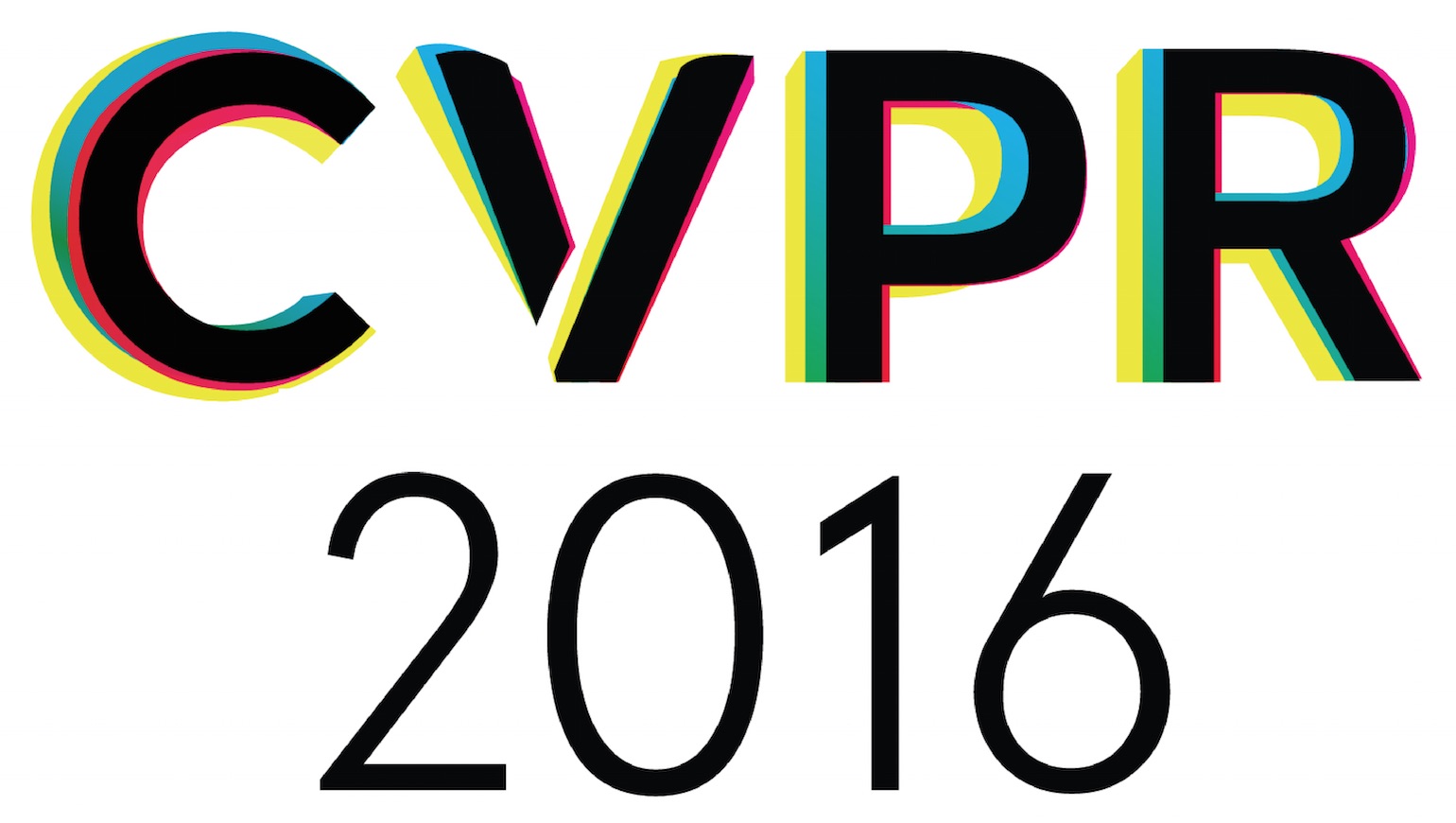-
Learning Deep Representation for Imbalanced Classification
AbstractData in vision domain often exhibit highly-skewed class distribution, i.e., most data belong to a few majority classes, while the minority classes only contain a scarce amount of instances. To mitigate this issue, contemporary classification methods based on deep convolutional neural network (CNN) typically follow classic strategies such as class re-sampling or cost-sensitive training. In this paper, we conduct extensive and systematic experiments to validate the effectiveness of these classic schemes for representation learning on class-imbalanced data. We further demonstrate that more discriminative deep representation can be learned by enforcing a deep network to maintain both inter-cluster and inter-class margins. This tighter constraint effectively reduces the class imbalance inherent in the local data neighborhood. We show that the margins can be easily deployed in standard deep learning framework through quintuplet instance sampling and the associated triple-header hinge loss. The representation learned by our approach, when combined with a simple k-nearest neighbor (kNN) algorithm, shows significant improvements over existing methods on both high- and low-level vision classification tasks that exhibit imbalanced class distribution.
Related Material
[pdf] [video][bibtex]@InProceedings{Huang_2016_CVPR,
author = {Huang, Chen and Li, Yining and Loy, Chen Change and Tang, Xiaoou},
title = {Learning Deep Representation for Imbalanced Classification},
booktitle = {Proceedings of the IEEE Conference on Computer Vision and Pattern Recognition (CVPR)},
month = {June},
year = {2016}
}
These CVPR 2016 papers are the Open Access versions, provided by the Computer Vision Foundation.
Except for the watermark, they are identical to the accepted versions; the final published version of the proceedings is available on IEEE Xplore.
Except for the watermark, they are identical to the accepted versions; the final published version of the proceedings is available on IEEE Xplore.
This material is presented to ensure timely dissemination of scholarly and technical work.
Copyright and all rights therein are retained by authors or by other copyright holders.
All persons copying this information are expected to adhere to the terms and constraints invoked by each author's copyright.

